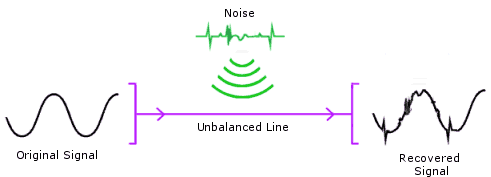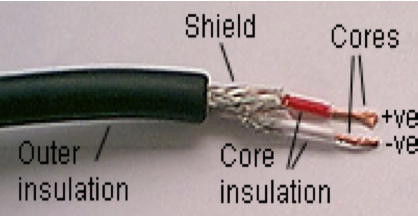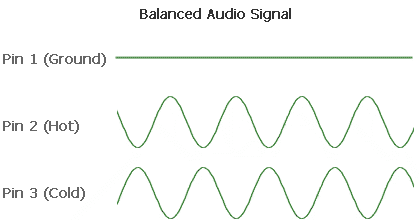Omishra, one of the best explanations of balanced/unbalanced! Sometimes a picture really is worth a thousand words

Two different types of interconnect s are available xlr and rca. I had a chance to check the quality difference of them when I had Belcanto pre power. I felt only output gain difference that's all. If any body have opinion and experience pl discuss here. I had no chance of using xlr cable between pre and source. So that too are welcome
If there is noting wrong with your RCA cables, and you are not unfortunate enough to have a
very noisy environment, there is no reason that there should be a difference. The purpose (contrary to popular opinion

) is simply to carry the signal. Both do that.
Balanced cables are designed to carry audio signals for much longer distances, in much more electrically noisy environments. But even that is actually a wrong statement! It is the
system including the circuitry at both ends, that achieves the noise rejection as per the diagrams in the above post.
Personally, I appreciate the purpose-designed elegance of balanced audio, as against the largely accidental history of domestic connectors. That's the sort of thing that contributes to my pride-of-ownership measure!
Why are XLR connectors louder? They are not: the whole balanced-circuitry system works at much higher levels.







